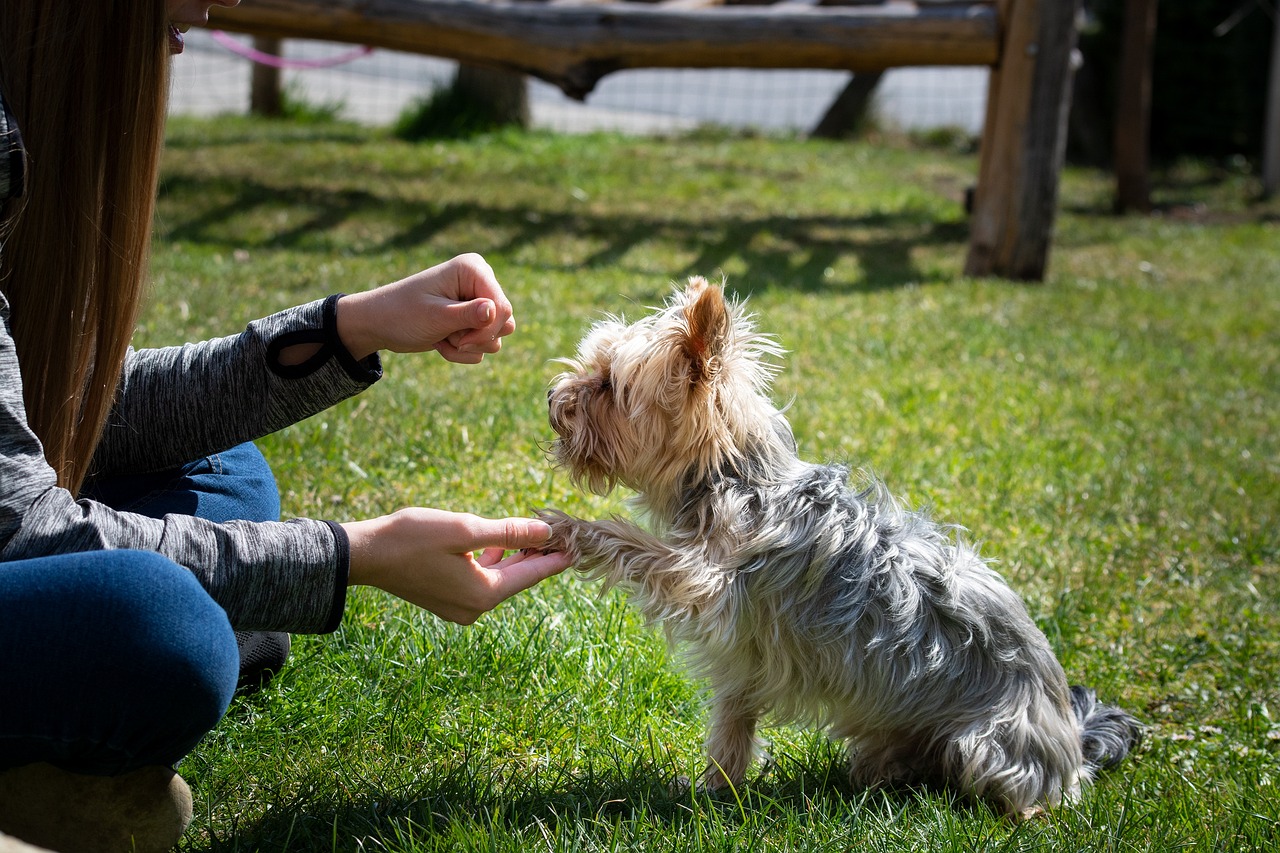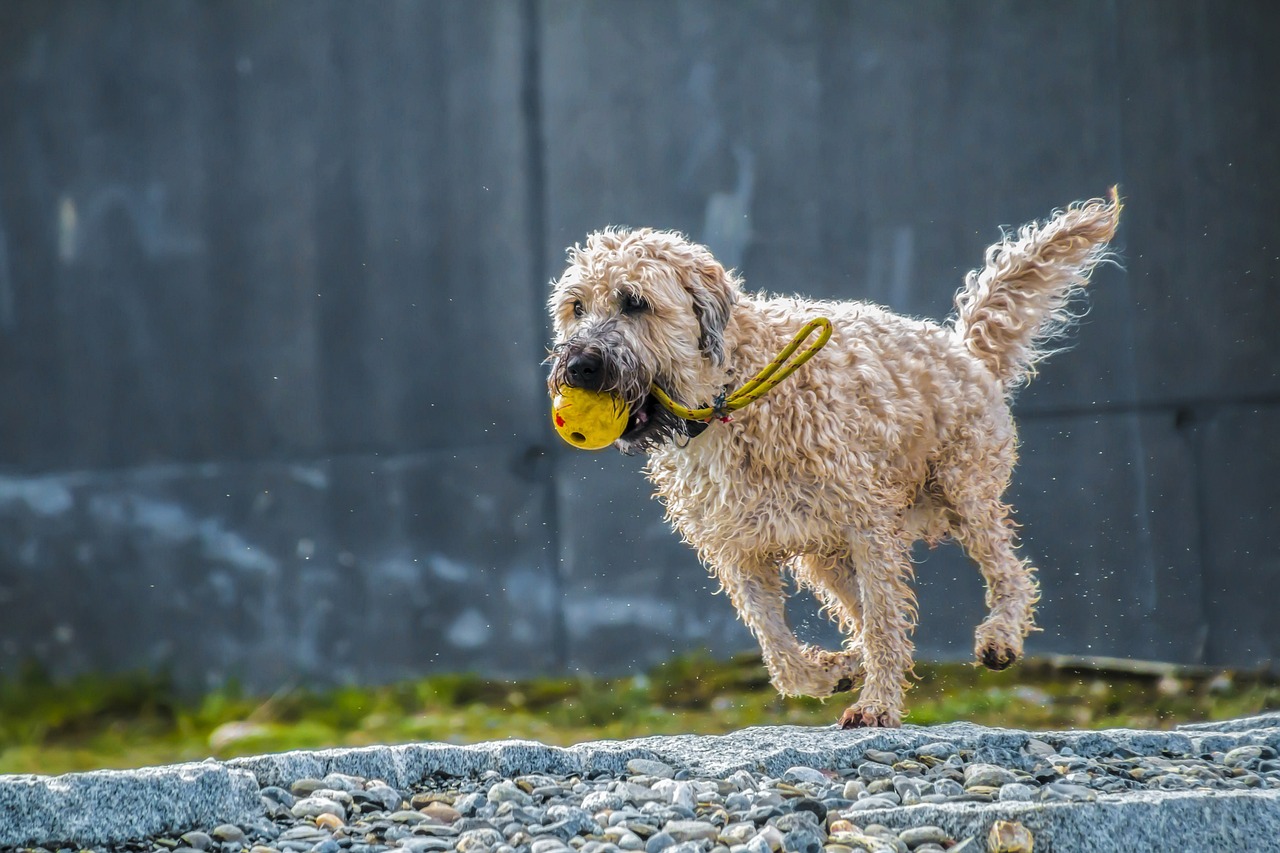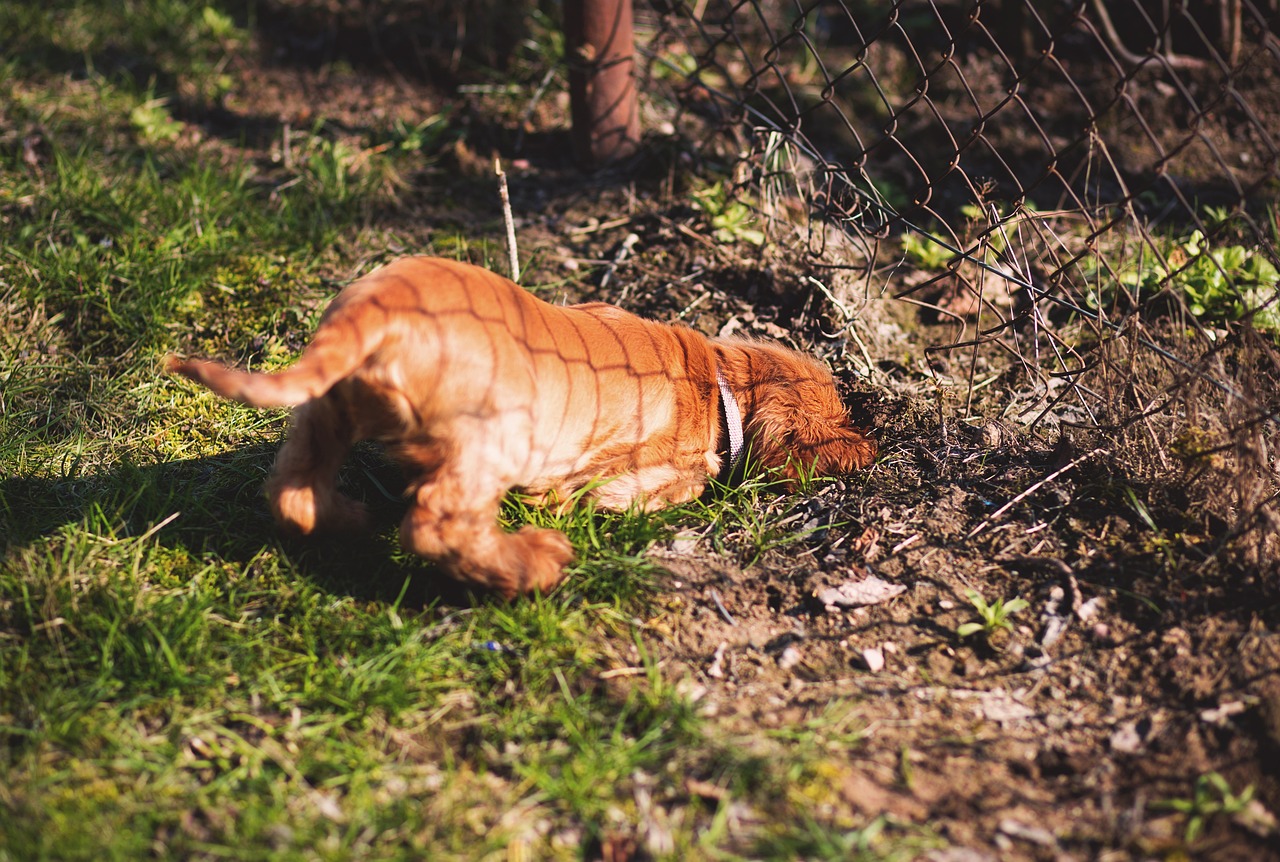Alright, all you aspiring dog whisperers, gather around! Think of me as the canine Yoda, and you’re Luke Skywalker, but with fewer lightsabers and more chewed up slippers. Before we venture into the labyrinth of dog training (which, spoiler alert, is less about training the dog and more about training YOU), remember this: dogs are smarter than we give them credit for. They’ve mastered the art of giving us those puppy dog eyes and making us think they are the ones in charge. But fear not! With a sprinkle of humor, a dash of wit, and a pinch of actual useful advice, you’ll have your dog doing your taxes in no time. Or at the very least, sitting when told.
1. Setting the Scene (Or Prepping Your Doggie Dojo)
Before you start, ensure you have:
- A dog. (Hey, don’t laugh! There are some people out there trying to train their cats. Spoiler: it’s not the same.)
- Treats that your dog would sell your soul for. Meaty, smelly, drool-inducing treats.
- Patience. If you don’t have it, get some. This isn’t a microwave situation; think slow-cooked stew.
2. “Sit” or “How to Get Your Dog to Park Its Furry Behind”
Step 1: Hold a treat close to your dog’s nose. This will get their attention because – surprise! – dogs like food. Shocking, right?
Step 2: Slowly lift the treat above their head. Their natural reaction will be to look up, causing their behind to touch the ground. It’s basic dog physics. If Newton had a dog, he’d probably have named this the “Gravity of Treats” principle.
Step 3: As soon as their rump hits the ground, shout, “SIT!” You want to sound firm but not scary. Imagine you’re telling someone not to double dip at a party. It’s serious, but not the end of the world.
Step 4: Give them the treat. And praise them like they’ve just split the atom. Overenthusiastic? Absolutely. But dogs thrive on praise, so lay it on thick!
3. “Stay” or “The Ultimate Test of Your Dog’s (and Your) Patience”
Step 1: Ask your dog to “sit”. If you’ve skipped step 2, well, go back and do your homework. This isn’t a choose-your-own-adventure story.
Step 2: Show your open palm to your dog, fingers pointing up, like you’re telling someone to “talk to the hand” (Remember the ’90s? No? Nevermind). While doing this, say “STAY” with the seriousness of someone who’s seen one too many suspense movies.
Step 3: Take a few steps back. If your dog stays, GREAT! If they follow you, repeat the steps but this time, try not to look like you’re participating in a conga line.
Step 4: After a few successful seconds of staying, reward them with treats and praise. Remember, dogs have the memory of…well, a dog. Immediate rewards are the key.
4. “Come” or “Getting Your Dog to Realize You’re the Fun One”
Step 1: Crouch down to your dog’s level. This doesn’t only make you look less intimidating; it’s also a great workout for your thighs. Bonus!
Step 2: In a happy, excited tone (think of how you’d sound if you found $20 in an old coat pocket), say “COME!”
Step 3: If they come to you, throw a party in their honor with treats and praises. If not, check to make sure you’re still holding that high-value treat and not, say, a piece of broccoli.
5. “Down” or “The Subtle Art of Getting Your Dog to Chillax”
Step 1: Grab that delicious treat (the one your dog thinks is the canine equivalent of caviar) and hold it close to their snout while they are in a sitting position.
Step 2: Move the treat slowly down to the ground. The nose will follow because, you know, the treat is irresistible. Like pizza at midnight.
Step 3: Once the nose is down, drag the treat along the ground, leading their body to lie down. If they just bend down and don’t actually lie down, it’s not them being stubborn. They’re just giving you a gentle reminder that you need to be a tad clearer with your instructions.
Step 4: The moment their furry belly touches the ground, say “DOWN!” with the enthusiasm of someone who just found an extra fry at the bottom of the bag. Then, of course, reward them with that treat and praise them like they’ve discovered a new planet.
6. “Heel” or “Walking Nicely Without Dragging You Like a Rag Doll”
Step 1: Start with your dog sitting beside you. If they’re on your left or right doesn’t really matter, as long as they’re consistent. Just pick a side and stick with it. Like choosing a side of the bed.
Step 2: Take a step forward. If your dog stays by your side, say “HEEL” and reward them with a treat. If they sprint ahead like they’re in a race, don’t despair. It’s just another day at the doggie racetracks for them.
Step 3: Use a treat to lure them back to your side, get them to sit, and then try again. And again. And probably again. Until they get that “heel” doesn’t mean “drag your human”.
Remember, every dog and human duo is unique. What works for one might not work for another. The trick is to find what makes both of you tick and use it to your advantage. And hey, if all this seems too much, there’s always professional dog trainers. But where’s the fun (and comedy) in that? Happy training! And remember, the real aim is not perfection but a bond stronger than any leash. 🐾
Pro Tips and Tricks
- Keep training sessions short and sweet. Dogs have the attention span of a toddler on a sugar rush. About 5-10 minutes at a time is perfect.
- Always end on a positive note. Even if it’s just them sitting. Reward and praise!
- Don’t get frustrated. If you feel yourself getting irritated, take a break. Dogs pick up on our emotions, and if they think training equals an annoyed human, they’ll be less inclined to participate.
- Mix it up! Just like us, dogs get bored. So, alternate between commands during training sessions to keep things fresh.
- Use Clear, Consistent Commands: Choose one word or phrase for each action and stick to it. Switching between “Come here,” “Come on,” “Over here,” and “Get over here!” will only confuse Fido. Remember, he’s trying to understand Human, and it’s not his first language.
- Body Language Matters: Dogs are masters at reading body language. Sometimes, the subtlest of your movements can be more powerful than spoken commands. So, be aware of what you’re “saying” with your body.
- Avoid Overusing the Dog’s Name: If you constantly say their name without a clear reason or command following it, they might start to ignore it. Use their name to get their attention, followed by a command.
- Training Isn’t a One-Time Thing: Just because they nailed “sit” today doesn’t mean you can retire as a dog trainer. Training is an ongoing process, reinforcing the good behaviors and habits you want to see.
- Socialize Your Dog: Exposing them to different people, dogs, and environments can make them more adaptable and less reactive. Plus, it’s a great way for both of you to make friends!
- Limit Distractions: Especially in the early stages of training, find a quiet place without too many distractions. As they master a command, you can start practicing in more diverse settings.
- Invest in Quality Training Tools: Consider items like clickers, training collars, or harnesses. They’re not mandatory, but they can be helpful tools in the training process, depending on your dog’s needs.
- Stay Updated: Dog training methods and philosophies can evolve. Read books, watch videos, attend workshops, or join a local dog training club to stay updated and learn new techniques.
- Celebrate Small Wins: Every tiny success is a step closer to a well-trained dog. Celebrate those small moments of progress. It’s good for your morale and your dog’s confidence.
- Remember the Three ‘P’s: Persistence, Patience, and Positivity. Training a dog requires a balance of all three. Persist in your efforts, have patience with the process, and always maintain a positive attitude.
Wrapping it all up, remember that for some dogs it might take longer than others to grasp a command, and that’s okay. What’s most important is the journey you embark on together and the bond that strengthens with each training session. 🐕🦺🎉
Frequently Asked Questions (FAQ) About Dog Training
It varies. Some dogs pick up commands quickly, while others need more time. Consistency is the key. The more consistent you are with training sessions, the sooner you’ll see results. But remember, training is an ongoing process.
Old dogs can certainly learn new tricks! Age might make them a tad slower to catch on, but with patience, they can still learn. In some cases, older dogs might even be easier to train than puppies due to their longer attention spans.
Treats are a great motivator, especially in the beginning. But over time, you’ll want to phase out constant treat rewards and replace them with verbal praise, petting, or playtime.
It’s not necessarily that you’re doing something wrong. Dogs, like humans, can forget if they don’t practice. Regular, short training sessions can help reinforce commands.
It’s best to focus on one command until your dog has a good grasp of it. Introducing multiple commands simultaneously can confuse some dogs. However, as they get more accustomed to training, you can mix commands in sessions to keep things engaging.
Every dog is motivated by something, whether it’s food, toys, praise, or playtime. Find what your dog loves and use that as a reward.
Aggression can be a complex issue and might be rooted in fear, territorial behavior, or dominance. It’s essential to understand the cause of the aggression. If aggression is a recurring problem, consider consulting a professional dog trainer or behaviorist.
Absolutely! While starting as a puppy might give you a head start, dogs of all ages can be trained. The approach might differ slightly based on the dog’s age, but it’s never too late to teach them.
For puppies, start with 5-minute sessions and gradually increase as their attention span grows. For adult dogs, 15-20 minutes is a good range. Remember, it’s better to have short, productive sessions than longer, frustrating ones.
New environments come with new distractions. A dog that’s well-behaved at home might get overstimulated outside. Start by training in a quiet outdoor environment before moving to more distracting places.



